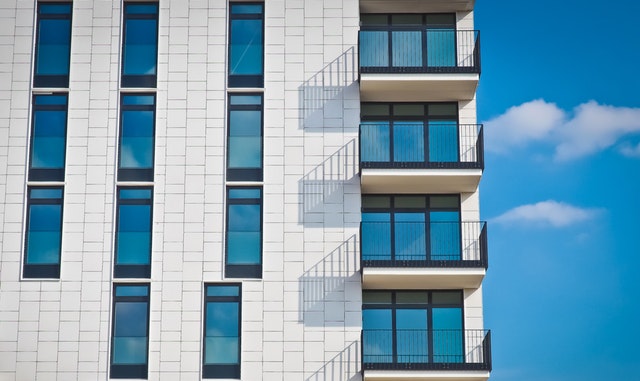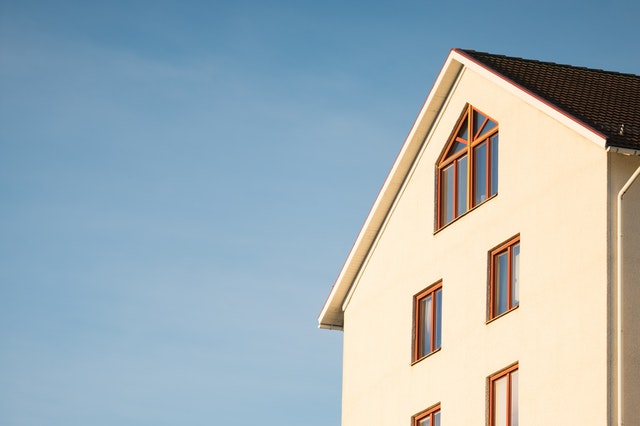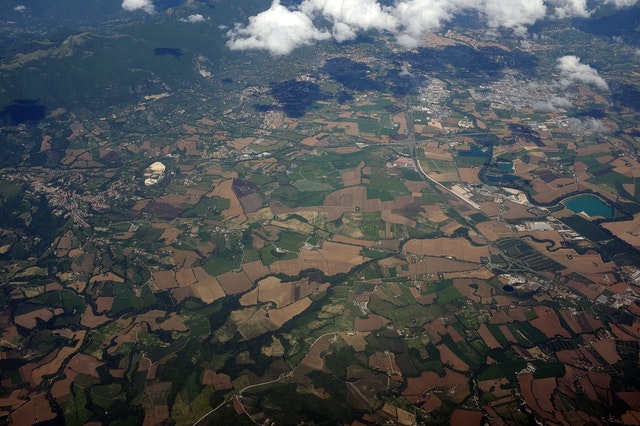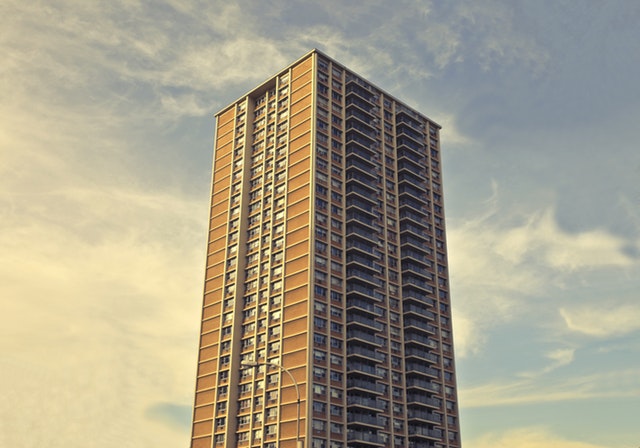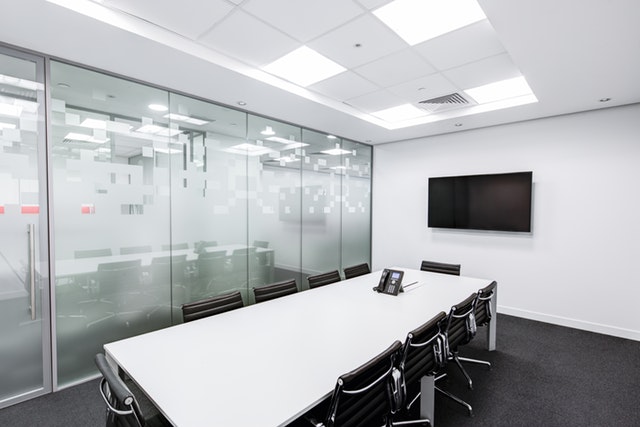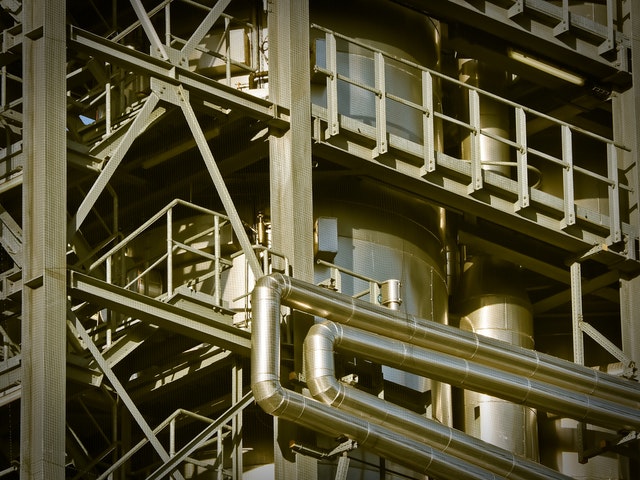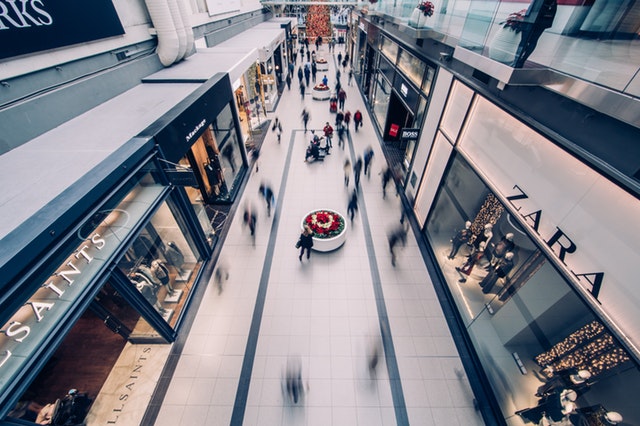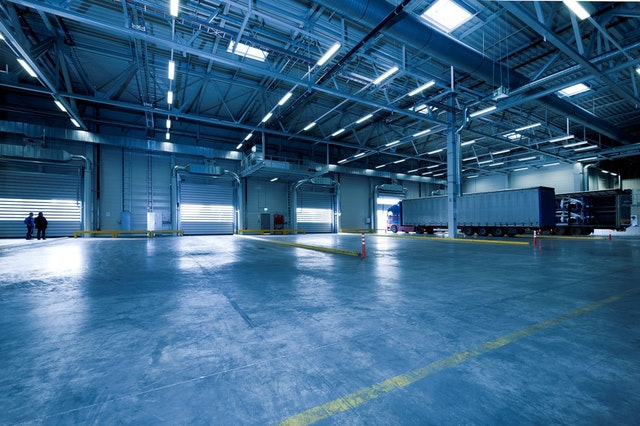Jugla – a neighborhood of the city of Riga, a suburb of Vidzeme
History and importance in Riga
The Jugla neighborhood is located in the eastern part of Riga, in the suburbs of Vidzeme, on the W shore of Lake Jugla and its outlet to Lake Ķīšezera. Jugla also marks the border of the city of Riga, its boundaries are defined by Jugla Street, Brīvības Street, Biķernieku Street, Šmerļa Street and Lizuma Street. The long lakes of Kīšu and Jugla and the rolling lowlands between them were a line of defense created by nature itself for Riga against external enemies. That is why the surrounding territories were already at that time considered to be the walls of the city of Riga, which had natural fortifications on all sides. Already in the 18th century the rich residents of Riga – landlords, lords, merchants – also built holiday manors near Jugla Lake. Jugla is the first complex residential complex built after the 2nd World War with three micro-districts and a complex of public buildings, which was formed between Jugla Lake and Biķernieki Forest. 20th century In the 50s, the construction of individual buildings began. 20th century In the 1960s, the first 5-story large-panel residential buildings (series 464) began to be built in Jugla. After the regaining of Latvia’s independence, both ambitious multi-apartment housing projects were implemented in Jugla – Vidzemes nams, residential buildings on Brīvības street 386, and private houses and terraced houses were built on Mārkalne and Murjāņu streets. With the construction of the Jugla overpass, the problems of traffic jams are also solved, relieving the load of Brīvības Street from the flow of traffic entering Riga and allowing the neighborhood to take on the function of a kind of city gate even today.
Territory and construction
The structure of the Jugla neighborhood is characterized by the proportion of residential buildings. It mostly consists of 5-story buildings, separate groups of 9-12-story apartment houses and detached houses, former construction areas of production facilities. From the point of view of people’s perception, several residential districts can be distinguished in the vicinity of Jugla – Jugla (residential blocks around Brīvības gatvi and between Juglas, Malienas and Murjāņu streets), Strazdumuiža (a block on the shore of Lake Jugla between Brīvības gatvi, Juglas iela and Pāles iela), Neredžigo village (quarter Juglas on the shore of the lake, which is crossed by Pāles street), Juglas zoo village (blocks off Mazās Juglas street) and others. The area on both sides of Brīvības gatve is considered the most active part of the Jugla neighborhood – the main center, which, in turn, includes the area around the intersection of Brīvības gatve and Juglas street. The intersection of Murjāņu and Jugla streets should be emphasized as a smaller local center.
New Projects
- Already in 2020, the construction of the new project will begin on an area of more than two hectares on the shore of Lake Jugla. Five twelve- to eighteen-story buildings with 300 apartments, office and commercial premises, as well as a restaurant and a promenade along the coast of Lake Jugla are planned to be built in the territory. At any time of the year, most of the apartments will have a great view of the lake and the Ethnographic Open-Air Museum of Latvia from the windows.
- construction of residential houses on Mazās Juglas street 24
Infrastructure
Transport:
- Buses: 1, 14
Trams: 4
- Minibuses: 371
Education:
- Latvian – Riga Jugla secondary school, primary school and preschool and Riga 160th preschool educational institution;
- Latvians/minorities – Riga preschool educational institution “Sapņudārzs”, which works around the clock;
- minorities – Riga’s 152nd pre-school educational institution.
- “Bear of Fortune” and minority – “Komariks”.
- Riga 63rd Secondary School
- Riga Jugla Secondary School
Shops
- T/C “Jugla Center”
- “Lats”
- “Rhymes”
- Maxima

